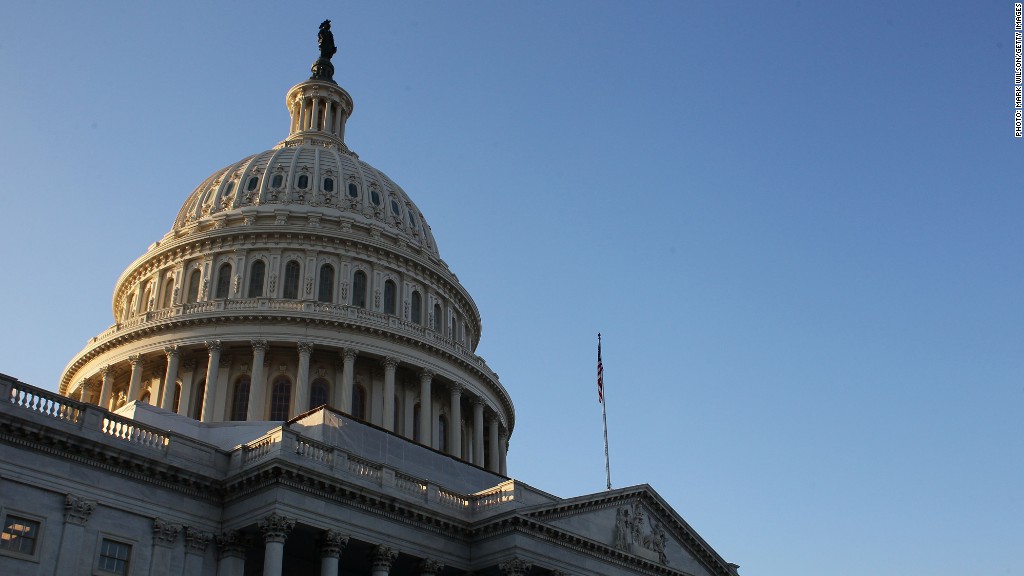
Under pressure from Congress, the Obama administration on Friday detailed for the first time how more than $100 billion in spending cuts slated for January will ripple out across thousands of federal programs and projects.
The White House budget office, in a report mandated by Congress, said the cuts "would have a devastating impact on important defense and nondefense programs."
As a result of the so-called sequester, deficits would be reduced by nearly $1 trillion over 10 years. At the same time, economists say it could help push the country back into recession by abruptly pulling so much money out of the economy. (Related: CBO warns of fiscal cliff recession)
Cuts in domestic spending would affect everything from government salaries and private-sector contracts to research, air traffic control, border patrol, food safety, the FBI, housing programs, food assistance, after-school programs and education grants, according to the report.
Efforts by the Federal Emergency Management Agency to respond to terrorism or other catastrophic events would be undermined.
Military personnel and the Department of Veterans Affairs will be exempt from the budget ax. What's more, the Department of Defense would be able to shift funds so that critical military readiness would not be impaired, the report said.
But, it added, the scheduled defense cuts would reduce the readiness of many non-deployed units, delay investments in new equipment and facilities, cut back on needed repairs and reduce services for military families.
Top defense officials have warned that further cuts to defense could hurt national security. And defense contractors have been saying for months that the cuts could result in significant layoffs in their industry.
The White House budget office didn't estimate how many workers -- in the government or private sector -- would be fired or furloughed because of the cuts.
A senior administration official did allow that "this would have a significant effect on the federal workforce."
While some programs would be exempt from the cuts, most would not since the sequester calls for a largely across-the-board slashing of funds. Those cuts would fall disproportionately on discretionary programs and projects -- or those that Congress funds year to year.
Fiscal cliff: What's really in it
But some mandatory programs would feel the knife's edge as well.
Among programs subject to reductions, those in discretionary defense would be cut 9.4%. And nondefense programs would lose 8.2% of their funding.
Medicare would be reduced by 2%, but those cuts would only affect providers not benefits. Other mandatory programs would be cut between 7.6% and 10%.
The report is likely to be greeted with predictable horror by both Democrats and Republicans. That's because no one in Congress or the White House thinks the spending cuts are a good idea.
Passed as part of the Budget Control Act -- which put an end to last summer's bitter debt ceiling fight -- the automatic cuts were designed to be noxious to both sides of the aisle.
The intent was to force lawmakers to negotiate a bipartisan debt-reduction plan to replace the so-called sequester. But partisan division over taxes and other issues has thus far prevented any such negotiation from taking place. (Related: Now not the time for austerity)
"[N]o amount of planning can mitigate the effect of these cuts," the White House report stated. "Sequestration is a blunt and indiscriminate instrument. It is not the responsible way for our nation to achieve deficit reduction."
No one expects Congress to even begin to seriously address the issue in earnest until after the presidential election. And then lawmakers will have left themselves only a few weeks to both figure out how to replace the sequester and how to handle an unprecedented number of tax increases slated to go into effect next year.


